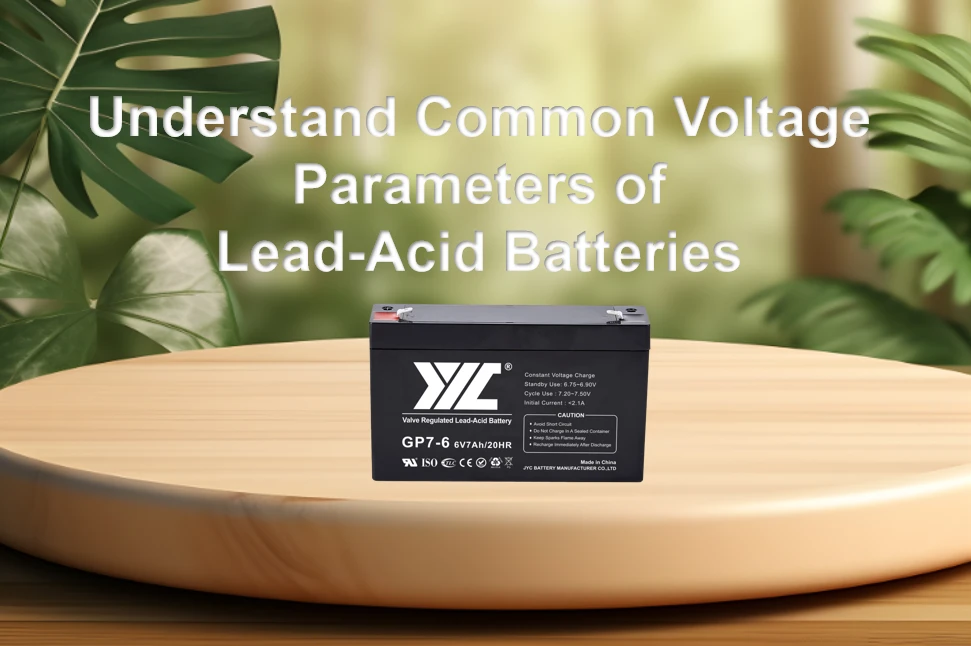
In the realm of energy storage, lead-acid batteries have long held their ground as a reliable and widely used technology. These batteries power everything from vehicles to backup systems, making them a critical component of our modern lives. To grasp their functionality better, let’s delve into the various voltage parameters that define lead-acid batteries and their performance characteristics.
Introduction
Lead-acid batteries are renowned for their ability to provide a consistent and steady flow of electrical energy. This reliability is underpinned by specific voltage parameters that dictate how these batteries operate under different conditions.
Open Circuit Voltage
The open circuit voltage (OCV) at rest for the lead-acid battery is that of terminals disconnected from any load. This parameter is an indicator of the battery’s state of charge. Normally, a fully charged battery will display a higher OCV, ordinarily about 12.6 to 12.8 volts for a 12-volt battery. Monitoring OCV helps in assessing the health of the batter and gives an idea regarding its charge level.
Nominal Voltage
The nominal voltage is the nominal voltage a lead-acid battery delivers during its discharge cycle. For a 12-volt lead-acid battery, the nominal voltage normally lies at around 12 volts. The actual voltage will, at times, vary with respect to both states of charge and load conditions encountered on a particular battery. Know Nominal Voltage is important in proper system design and voltage regulation
Charging Voltage
The charging voltage should be precisely controlled for lead-acid batteries. As a battery accepts a charge, its voltage takes time to rise. The charging voltage varies with the chemistry and design of the battery. Normally, flooded lead-acid batteries require higher charging volts compared to valve-regulated lead-acid (VRLA) batteries. The proper charging voltage ensures efficient battery charging, avoiding overcharging and hence extending the life of the battery as well.
Equalization Voltage
Eventually, lead-acid batteries experience a condition called cell imbalance. This occurs when individual cells have varying levels of charge. Equalization voltage is used to remedy this situation. Equalization includes applying a controlled higher voltage onto the battery, mostly for a short period. The process balances out the charge amongst cells and prevents or reduces the occurrence of sulfation which leads to degradation in the battery.
The Bottom Line
When applying equalization voltage to any type of battery, always check if those guidelines are being followed or not, as they might ruin your battery. For the lead-acid battery world, key voltage parameters are important to understand. Every parameter plays an important part, from its resting open circuit voltage, which indicates how full the battery is, to the nominal voltage, which defines its operational range. The right charging voltage management means energy replenishment comes efficiently both in terms of performance and longevity. Equalization voltage prevents imbalances that can compromise performance and longevity.
So next time you start your car or use an uninterruptible power supply – you will realize just how much of a role these unassuming lead-acid batteries play in powering your world better than ever before.



